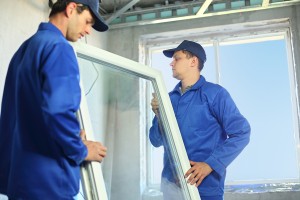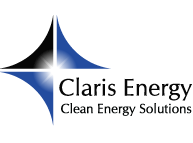 Both residential and commercial property owners can benefit from green building tax deduction for the installation of solar film. This type of property modification produces a range of additional benefits, as well.
Both residential and commercial property owners can benefit from green building tax deduction for the installation of solar film. This type of property modification produces a range of additional benefits, as well.
Green Building Tax Deductions: An Overview
EPAct provides great incentives for residential and commercial property owners that have completed the execution of energy efficient property improvements like the installation of solar film. Under the EPAct 179D, the installation of building envelope systems results in federal tax deductions for the period until 2016.
A single modification like the installation of solar film can result in a tax deduction but consistent involvement, improvement and modernization of residential and commercial property will result in even better tax incentives.
The ease of implementation and the cost-efficiency turn window film installation into one of the modifications of preference for many businesses and property owners. Such a modification results in a green building tax deduction because it qualifies under the building envelope modernization.
In addition, window film usage results in energy savings ranging between five and 15 percent, which is yet another great benefit of opting for this kind of real estate improvement.
Additional Benefits of Window Film Usage
Apart from giving property owners access to a green building tax deduction, the use of window film brings a range of additional benefits to the table.
The film placed on the windows provides reliable glare protection. Spending time in the room becomes quite comfortable, even if the sunlight during the particular day is intense. The film reduces the use of artificial light while preserving the outdoor view. Some film varieties are provided with protection against the harmful UV rays of the sun.
Finally, the window film will keep the glass together in the case of breakage. No shards of glass will fly inside the room, potentially hurting someone.
Summary of Details
This type of commercial and residential property modification is one of the easiest possibilities to qualify for a green building tax deduction. The EPAct 179D tax incentive covers 10 percent of the material costs or up to 500 dollars.
In order to benefit from such incentives, you need to have a report that proves the savings and the reduction in the energy use as a result of the improvement. The report should be created by a professional engineer and using Official Department of Energy software.
Such opportunities are available for both residential and commercial property owners. In recent years, however, commercial property owners and businesses have started showing more interest in 179D tax incentives because of the significant costs of maintaining property or running a business.
Despite EPAct tax incentive changes that began in 2014, there are sill some opportunities that property owners can benefit from. Needless to say, green improvements results in utility bill savings that justify the investment in such real estate modification projects.
Steve Nanos
Latest posts by Steve Nanos (see all)
- LED Lighting – A Great EPAct 179D Qualification Possibility - February 3, 2015
- 45L Credit Requirements for Begun Constructions - January 29, 2015
- Can Section 179D Incentives Help Businesses Save a Lot of Money? - January 27, 2015

 609.275.8484
609.275.8484